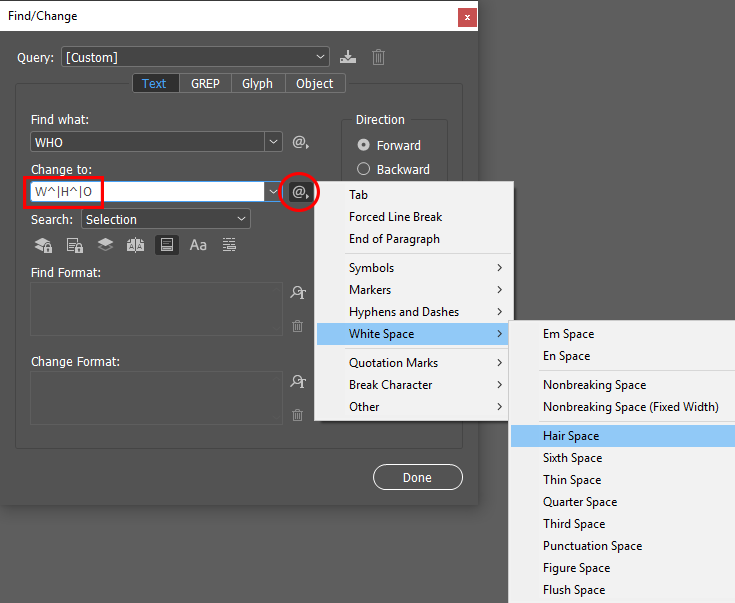16 May 2020 | Ted Page
Fixing abbreviations to make them intelligible to screen readers and other assistive technologies can add a significant degree of polish to an otherwise accessible PDF. Fortunately, doing so is relatively easy in both Microsoft Word and Adobe InDesign.
Problem: when an abbreviation is read like an acronym
Most of the major assistive technologies will read acronyms (such as NATO or NASA) as intended, that is, as if they were words.
By contrast, abbreviations should be read out letter-by-letter. Many, such as BBC, WWF, IBRD, IMF or UNHCR, will be read correctly. However, many others will be read out by one or more of the major assistive technologies as if they were acronyms. Examples include “eg”, “ie”, “WHO” or “EBU”.
Achieving consistency
Achieving consistency across a wide range of assistive technologies will require inserting a space between each letter in such an abbreviation. But, obviously, no one wants to see “W H O” or “E B U”, that is, full spaces, spread out across a page. The solution is to condense the spaces to the point of invisibility.
Fixing an abbreviation in Microsoft Word
To fix the abbreviation “WHO” (World Health Organisation) in a Word document:
- Highlight the first instance of “WHO” in the document
- Press Ctrl + H to open the Find and Replace dialogue box
- In the Find what field you should now see “WHO” (without speech marks)
- In the Replace with field type “W H O” (with spaces)

- If necessary, click the More button to expand the Find and Replace dialogue box
- Click the Format button in the bottom left corner
- Select Font
- In the Find Font dialogue box, select the Advanced tab

- From the Spacing dropdown select Condensed
- In the By dropdown, select 2pt
- Click OK to close this dialogue box
- Back in the Find and Replace dialogue box, click the Replace All button
The end-result
All instances of WHO throughout the document will now have effectively invisible spaces between their letters, and they will be read out letter-by-letter by all the major assistive technologies.
Fixing an abbreviation in InDesign
To fix the same abbreviation in InDesign:
- Select the first instance of “WHO” in your document
- Press Ctrl/Cmd + F
- “WHO” should be displayed in the Find what: field
- Type “WHO” into the Change to: field
- In the Change to: field, place the cursor between the “W” and the “H”
- Click the @ sign to the right of (after) the Change to: field
- Select White Space and then Hair Space
- Repeat the process to place a hair space between the “H” and the “O”
- In the Find/Change dialogue box click the Change All button

The end-result
All instances of WHO in the document will now be fixed and free of distracting and confusing mispronunciations.
Want to know more?
Our PDF accessibility training courses are packed full of tips and techniques such as the above for making documents accessible to the highest possible standards. These courses are now available online (via Zoom) to clients around the world.

